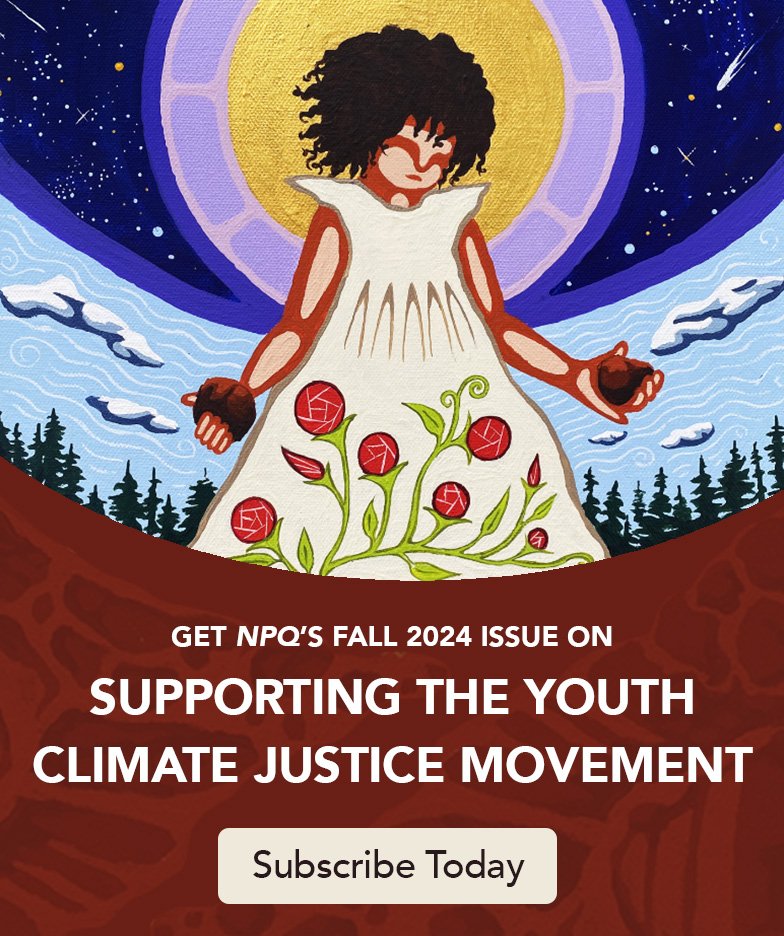January 18, 2011; Source: Fast Company | The article linked to above from the website of Fast Company magazine, discusses the campaign waged by Greenpeace to get Kimberly-Clark, the world’s largest tissue-product manufacturer, to stop cutting down ancient trees to produce tissue paper.
For the first few years of the Greenpeace assault on Kimberly-Clark beginning in 2004, the company poured their efforts into a defensive strategy, denying any environmental wrongdoing. But Greenpeace kept coming with a barrage of strategies beginning with blockades at Kimberly-Clark's offices, disrupted meetings and commercial shoots, and a finally moving on to a campus based campaign in order to discomfit the corporation.
Finally in 2009 Kimberly-Clark officials agreed to a meeting. According to Fast Company, Suhas Apte, Kimberly-Clark's vice president of global sustainability said that the corporation was surprised to find that Greenpeace could contribute to the corporation’s own planning around sustainable practices. Greenpeace helped specifically to put it on a faster track.
Sign up for our free newsletters
Subscribe to NPQ's newsletters to have our top stories delivered directly to your inbox.
By signing up, you agree to our privacy policy and terms of use, and to receive messages from NPQ and our partners.
As a result of the relationship, Kimberly-Clark has agreed to source only wood certified by Forest Stewardship Council by 2012, and by 2011 to have 40 percent of the fiber in North American tissue products either recycled or certified by the FSC. This is a 71 percent increase over 2007.
This is an interesting article from Fast Company, in that it provides a mini-timeline of strategies used. Were the talks really as peachy as is here described? Who knows! This funny victory video entitled “Making up is Hard to Do” makes us wonder, but the campaign got the job done and a few more centuries old trees can rest easy in the deep forests of Canada. Thank you, Greenpeace.—Ruth McCambridge














